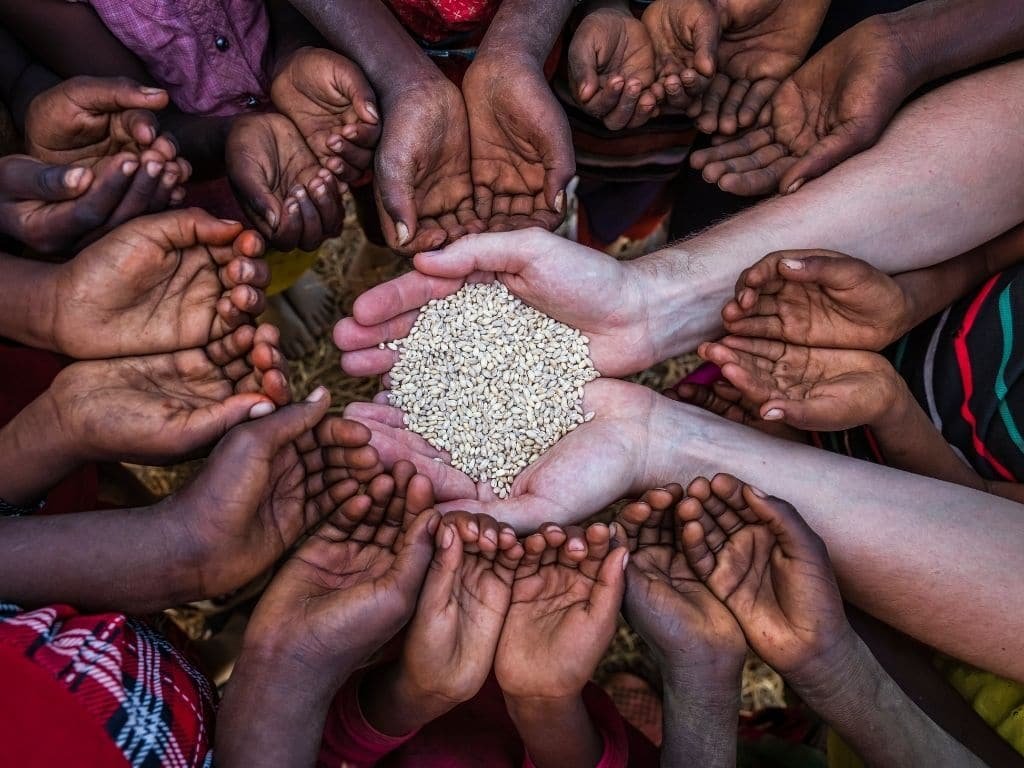Imran Shauket
Pakistan needs to focus on localized solutions to address its economic and social problems, rather than relying on loans and international handouts. The nation can solve its problems by capitalizing on its own resources. For instance, Pakistan currently wastes 35-40 percent of its fruits and vegetables due to a number of reasons. Pakistan can achieve economic stability as well as nutrition security if it was to focus on bringing these fruits and vegetables into the markets through grass root level food processing. Concurrently, we will make our farmers richer as well as healthier.
Pakistan is one of the largest and oldest agrarian societies. Despite the importance and expanse of the agriculture sector in Pakistan, whereas Pakistan is the top ten producers of wheat, rice, sugarcane and milk in the world, more than 50 percent of country’s households are food insecure leading to the prevalence of 44 percent child stunting in Pakistan. And while fruits and vegetables are an integral part of a balanced diet and while the nation slides into increased mal-nutrition, Pakistan throws away 35-40 percent of its horticulture produce through post-harvest losses. This is unconscionable. Not only does this takes away nutrition from the tables, literally, but it has dire economic consequences for the farmers as well as the nation. By one estimates, the post-harvest losses equal $5 billion in value of raw produce, which can be converted to $15 – 20 billion in processed edibles for domestic and international markets. There is a host of other benefits if Pakistan were to focus on creating a vibrant food processing sector built on the current wastage. These benefits can be lumped into 3 broad categories; Economic, social & health and environmental.
First is the economic benefit. As mentioned earlier, Pakistan is wasting $5 billion of its raw fruits and vegetables. These can be converted to a $15 – 20 billion worth of processed consumables which can be utilized in the domestic market, and also supplied to the international market. A similar revolution changed the economic trajectory of Thailand which has become the top five largest exporter of horticulture produce to the world. Pakistan, which has a much larger agriculture sector does not even account for one percent of the world’s processed food market.
Second are the social and health benefits. Currently the farmers of Pakistan get the lowest return on their crops since they are forced to sell to the middle man when the crop comes into season. Typically, at the time of cultivation, there is a glut in the market of whatever the farmer has to sell and the prices are depressed. Fruits and vegetables do not have a long shelf life and there is little choice than for the farmer to sell at the cut-throat price offered by the middle-man. However, literally a few days later, the farmers buy the same vegetables and fruits for their own consumption at 5 and 10 times the price. For instance, a farmer who sells his onions at Rs. 40/kg at cultivation, ends up paying Rs. 250/kg or higher a few months later. If they can process the onions to last a year for their personal consumption, imagine their saving. Furthermore, if they also sells their excess produce after the value added processing, their income would be three to four times more than when selling raw produce. So, 60 percent of our population involved in the agri-sector can be richer both by selling their produce at a higher cost while also having a cheaper but nutritious diet. This will leave to better food security and less mal-nutrition.
Third are the environmental benefits by spectacular energy savings in many different ways. When fruits and vegetables are solar dried and stored, there is no energy cost related to storage (as in cold storage costs). Currently, produce is put in cold storage which adds exorbitant increase in the price of produce. Furthermore, transportation costs of produce from farm to market is expensive. However, when the produce is solar-dried, transportation costs reduce by one-tenth since dried produce decreases to approximately one-tenths of its original weight, and even lesser in size. Imagine, one truck instead of ten trucks to transport the same amount of produce.
Finally, there is tremendous savings in cooking fuel costs affiliated with cooking dried vegetables, which cook at a much faster rate. One case in point, when dried onions are used to prepare a dish, the cooking time per family decreases a minimum of one hour. Since there are roughly 30 million families in Pakistan, this would translate into a saving of 30 million hours per day of cooking fuel. Rather than being ambitious, let us assume that eventually only a third of the families will use dried onions to prepare their dishes and the savings will then be 10 million hours per day of cooking fuel. Picture this saving in fuel for an energy starved country.
Pakistan has the ambition to wean itself from IMF loans. The only way to do it to create economic sectors that generate benefits for the masses, while earning income for the country. Grass root agriculture produce and related food processing should be our first area of focus which can lead to the rise of multi-billion dollar sector as well as other benefits in health and environment. The “sufficiency economy” model of development championed and perfected by the late King Rama IX of Thailand is the perfect model for study and emulation for Pakistan.
The writer is a former Senior Advisor to the Government and a sector development specialist. He is also a farmer and food processing practitioner.






